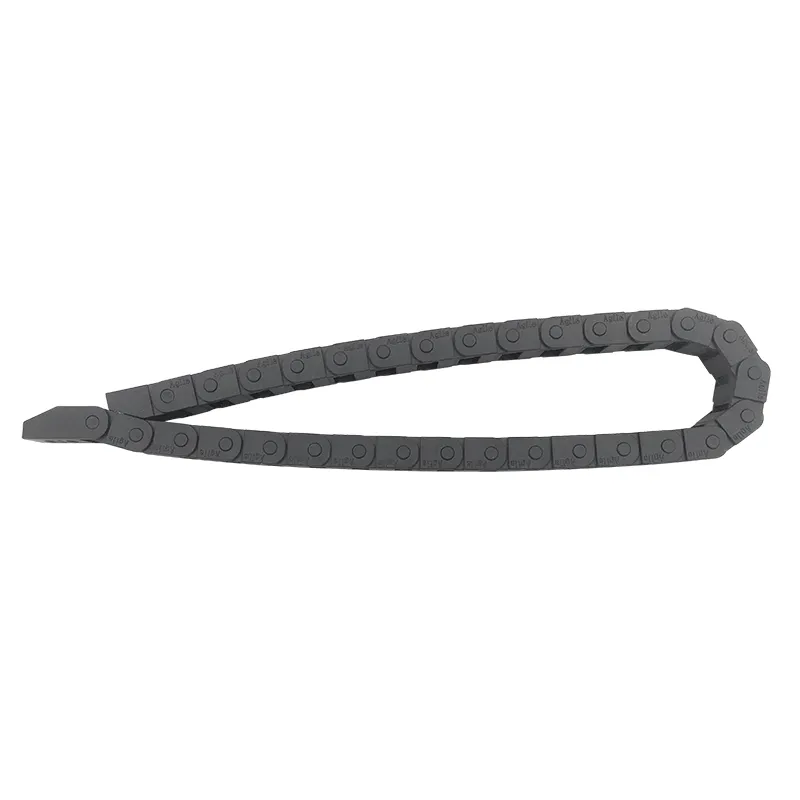drag conveyor
Understanding Drag Conveyors A Comprehensive Overview
Drag conveyors are an essential component in material handling systems, particularly in industries that deal with bulk materials such as agriculture, mining, and waste management. These conveyors utilize a simple yet effective design to transport materials horizontally or at a slight incline, ensuring that the movement is both efficient and reliable.
What is a Drag Conveyor?
A drag conveyor, often referred to as a drag chain conveyor, functions by using a series of linked flights or paddles attached to a chain that moves through a trough. The materials being moved are pushed along the drag conveyor by the motion of the chain and the flights, which helps to reduce turbulence and potential product degradation. Due to their robust construction and operational efficiency, drag conveyors are favored for the safe handling of a variety of materials, including grains, pellets, sand, and even some types of biomass.
Key Components
The primary components of a drag conveyor include
1. Trough The trough is the channel within which materials are transported. It can be made from a variety of materials depending on the application and includes features that maintain the integrity of the materials being moved.
2. Chain and Flights The chain is the driving force behind the movement of the conveyor. It is typically made of steel or other durable materials to withstand heavy loads. The flights, which are attached to the chain, come in various shapes and sizes tailored to accommodate the specific material being conveyed.
3. Drive System The drive system, often consisting of a motor and gearbox, provides the necessary power to move the chain. The choice of motor depends on the weight of the materials being conveyed and the speed requirements of the operation.
4. Enclosure Many drag conveyors are enclosed to prevent dust and spillage, contributing to a cleaner working environment and minimizing material loss.
drag conveyor

Benefits of Drag Conveyors
1. Versatility Drag conveyors can transport a wide range of materials, making them suitable for various applications. Whether dealing with bulk powder, granular products, or larger solid items, drag conveyors can be customized to fit specific needs.
2. Efficiency The drag conveyor's design minimizes material spillage and ensures a continuous flow of goods. This leads to increased efficiency in material handling processes.
3. Low Maintenance Due to their simple design, drag conveyors generally require less maintenance compared to other conveyor types. The enclosed system also reduces wear on components, leading to longer lifespans.
4. Space Saving Drag conveyors can be designed to fit in tight spaces, with a low profile and the ability to change directions, which can be advantageous in crowded operational areas.
Applications
Drag conveyors are widely used across various industries
- Agriculture For transporting grains and feed across farms and processing facilities. - Mining To move heavy materials such as ores and coal from mining sites to processing plants. - Waste Management For transporting refuse and recycling materials within waste facilities. - Manufacturing Drag conveyors can be a part of production lines, moving raw materials or finished products to different stages of production.
Conclusion
In conclusion, drag conveyors play a vital role in improving efficiency and reliability in material handling processes. Their robust design, versatility, and low maintenance requirements make them a preferred choice in numerous industries. As companies continue to seek ways to optimize their operations, drag conveyors will likely remain integral to effectively managing the movement of bulk materials in industrial settings. With ongoing advances in technology and design, the future of drag conveyors looks promising, ensuring that they adapt to meet the evolving needs of various industries.








